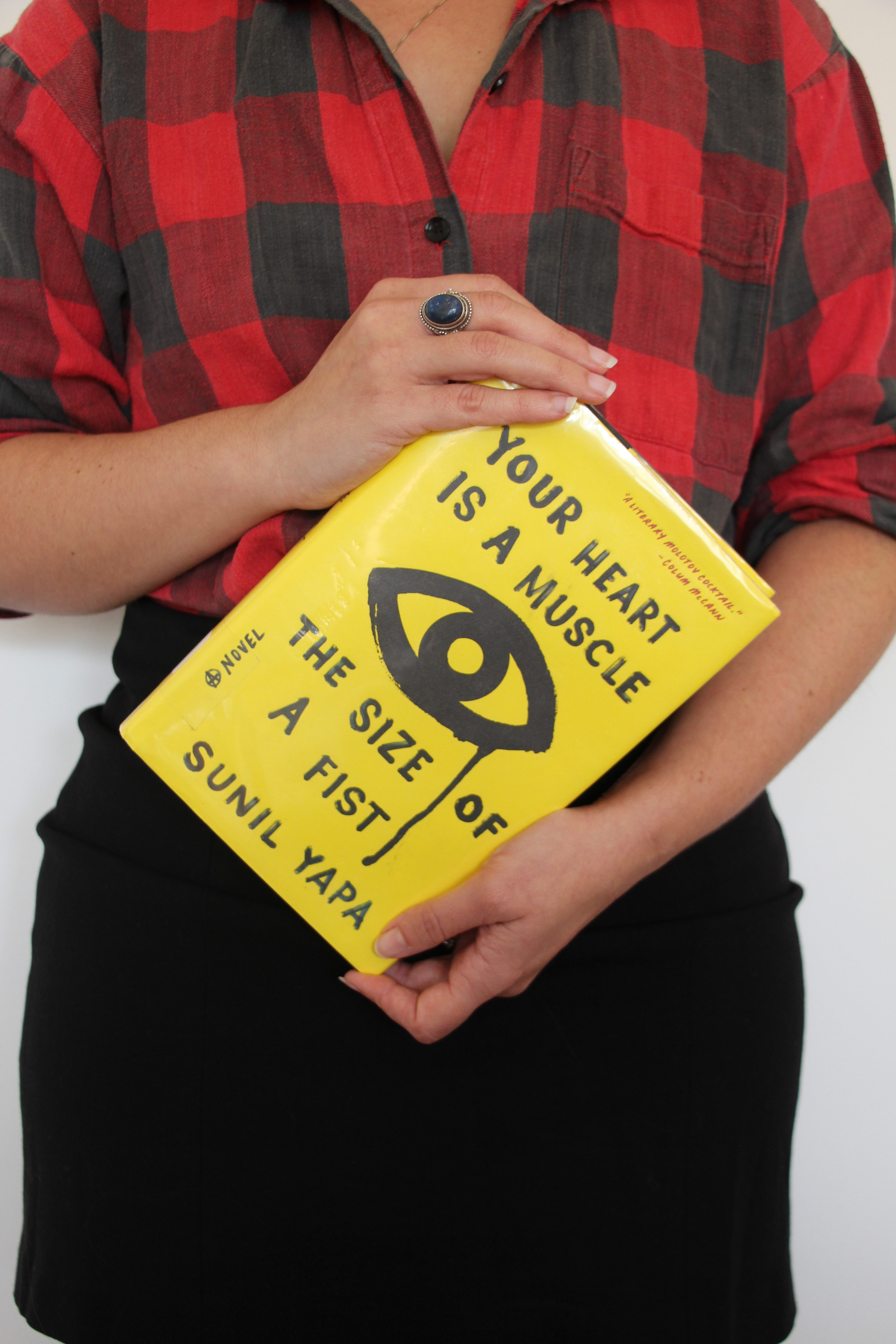I wrote my Master’s thesis on Les Misérables, and while I love that the musical and the film have led a lot of people to love the book, it also makes me a little bit crazy that so many people get so many things wrong about it. Forget the fact that Eponine is far from as sympathetic as she is in the film version, or the fact that entire characters and storylines are elided (Azelma? Eponine and Cosette are de facto sisters and two sides of the same coin? “Perfect” Jean Valjean steals money from a little boy?), but so many people conflate the June Rebellion on which the book was based with the French Revolution.
First of all, the June Rebellion took place several decades later. Second of all… it failed.
It was quashed.
Miserably.
No one ever mentions that.
The point of Les Misérables is not that a bunch of young university students overthrew the government. It’s that they had the heart and the courage and the values to try. And while I have yet to find any evidence of the fact that Sunil Yapa was inspired by Les Misérables in writing Your Heart is a Muscle the Size of a Fist, this is far from the only comparison that struck me as I was reading.
Your Heart is a Muscle the Size of a Fist is a 2016 novel that tells the story of Seattle’s 1999 WTO protests. While these protests are viewed by many as having been a moderate success, increasing the mention of antiglobalization in modern media, the conference was ultimately reconvened in 2001, and the issues they protested remain pervasive in the modern world.
The book uses these protests as a backdrop for a multi-voiced narrative that takes place over the course of one day. It features a scrappy drug dealer (named Victor, of all things), a self-righteous female protestor fleeing a shameful past, a police chief with a connection to Victor (his stepfather), a Sri Lankan official attempting to attend the conferences, and two police officers, among others. This multi-voiced perspective – and the use of characters representing a whole – reminded me enormously of Les Misérables.
But above all, what struck me was the vividness with which the themes of both works collided. The books are, above all, about human emotions: resilience, courage, love, and compassion. And both are beautiful illustrations of idealism in a time when it is sorely needed.
